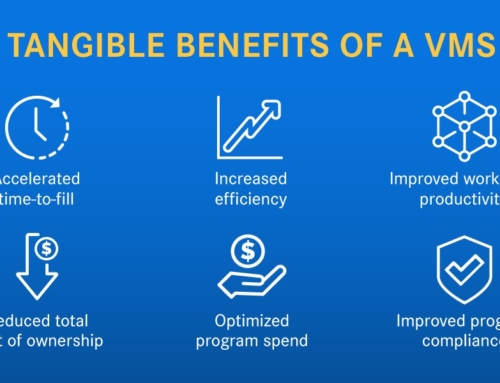Canada’s immigration minister, Marc Miller, is actively addressing plans aimed at alleviating labor market conditions that may have been aggravated by temporary foreign workers within the country.
During a press conference held May 10 at the Forum of Ministers Responsible for Immigration, Miller discussed the economic and social effects of temporary worker immigration and the capacity pressures linked to it. Suggesting that Canadian businesses may have developed a dependency on foreign labor, Miller stressed the need to reduce the Temporary Foreign Worker Program.
In the coming months, the federal government will finalize immigration levels planning for 2025-2027, Miller said. This plan will incorporate TFWP residents, ensuring that the benefits of immigration are distributed across Canada while considering capacity pressures — such as housing and job opportunities — on communities.
Miller stated that stabilizing immigration will require difficult decisions.
“We’re convinced that our goal is important: to preserve the integrity of our system and ensure that immigrants are properly supported,” he said.
Just two years after Canada enacted a new TFWP roadmap for both permanent residents and foreign workers in 2022, the government is prioritizing a balance between economic needs and social considerations for the existing residents.
Provincial nominee program. Another key plan is to reduce the overall number of temporary residents in Canada while acknowledging the important role they play in regional immigration priorities, including the provincial nominee program.
“We are open to exploring options with other provinces and territories to transition a greater portion of current temporary residents to permanent residence and address their labor market needs.” Miller added.
Progress has already been made with Manitoba on a temporary measure to extend the open work permits of approximately 6,700 temporary residents. This extension will give the province more time to process their applications under the provincial nominee program, which allows Canadian provinces and territories to nominate individuals who have skills, education and work experience to contribute to the economy and wish to immigrate to Canada and settle in a specific province. This measure aims to not only boost Manitoba’s retention rates and economic prosperity but also support the government’s priority of helping workers already in Canada become permanent residents.
Scaling back. Furthermore, during the press conference, provincial and territorial ministers continued to call on the federal government to reverse the C$625 million cuts to employment services under the labor market transfer agreements, stressing that these cuts risk the services relied upon by workers, newcomers, job seekers and vulnerable Canadians.
Back in March, Canada’s immigration minister announced that the country will reduce the number of temporary residents in the country to 5% from 6.2% by 2027. This decision was made in response to an overwhelming spike in temporary residents entering the country each year. In the past, the country has become “addicted” to temporary workers, according to Miller.
As part of this effort, Canada narrowed the validity period for Labour Market Impact Assessments — required for TFWP applications — to six months from 12 months to better manage the volume of temporary residents and meet labor needs strategically.
The cap for the TFWP workers will be cut down to 20% of the workforce for most sectors; however, the construction and healthcare sectors will continue to be allowed to hire up to 30% of their workers through the program. Seasonal industries such as agriculture, fishing and tourism are exempt from a cap during their peak seasons.









